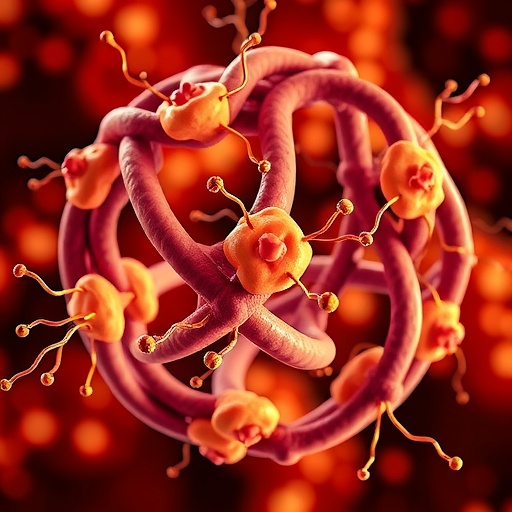
Credit: ATS
March 24, 2020– In a new study of patients with severe COVID-19 (SARS-CoV-2) hospitalized on ventilators, researchers found that lying face down was better for the lungs. The research letter was published online in the American Thoracic Society’s American Journal of Respiratory and Critical Care Medicine.
In “Lung Recruitability in SARS–CoV-2 Associated Acute Respiratory Distress Syndrome: A Single-Center, Observational Study,” Haibo Qiu, MD, Chun Pan, MD, and co-authors report on a retrospective study of the treatment of 12 patients in Wuhan Jinyintan Hospital, China, with severe COVID-19 infection-related acute respiratory distress syndrome (ARDS) who were assisted by mechanical ventilation. Drs. Qiu and Pan were in charge of the treatment of these patients, who were transferred from other treatment centers to Jinyintan Hospital.
A majority of patients admitted to the ICU with confirmed COVID-19 developed ARDS.
The observational study took place during a six-day period the week of Feb. 18, 2020.
“This study is the first description of the behavior of the lungs in patients with severe COVID-19 requiring mechanical ventilation and receiving positive pressure,” said Dr. Qiu, professor, Department of Critical Care Medicine, Zhangda Hospital, School of Medicine, Southeast University, Nanjing, China. “It indicates that some patients do not respond well to high positive pressure and respond better to prone positioning in bed (facing downward).”
The clinicians in Wuhan used an index, the Recruitment-to-Inflation ratio, that measures the response of lungs to pressure (lung recruitability). Members of the research team, Lu Chen, PhD, and Laurent Brochard, PhD, HDR, from the University of Toronto, developed this index prior to this study.
The researchers assessed the effect of body positioning. Prone positioning was performed for 24-hour periods in which patients had persistently low levels of blood oxygenation. Oxygen flow, lung volume and airway pressure were measured by devices on patients’ ventilators. Other measurements were taken, including the aeration of their airway passages and calculations were done to measure recruitability.
Seven patients received at least one session of prone positioning. Three patients received both prone positioning and ECMO (life support, replacing the function of heart and lungs). Three patients died.
Patients who did not receive prone positioning had poor lung recruitability, while alternating supine (face upward) and prone positioning was associated with increased lung recruitability.
“It is only a small number of patients, but our study shows that many patients did not re-open their lungs under high positive pressure and may be exposed to more harm than benefit in trying to increase the pressure,” said Chun Pan, MD, also a professor with Zhongda Hospital, School of Medicine, Southeast University. “By contrast, the lung improves when the patient is in the prone position.
Considering this can be done, it is important for the management of patients with severe COVID-19 requiring mechanical ventilation.”
The team consisted of scientists and clinicians affiliated with four Chinese and two Canadian hospitals, medical schools and universities.
###
About the American Journal of Respiratory and Critical Care Medicine
The AJRCCM is a peer-reviewed journal published by the American Thoracic Society. The Journal takes pride in publishing the most innovative science and the highest quality reviews, practice guidelines and statements in pulmonary, critical care and sleep medicine. With an impact factor of 16.494, it is one of the highest ranked journals in pulmonology. Editor: Jadwiga Wedzicha, MD, professor of respiratory medicine at the National Heart and Lung Institute (Royal Brompton Campus), Imperial College London, UK.
About the American Thoracic Society
Founded in 1905, the American Thoracic Society is the world’s leading medical association dedicated to advancing pulmonary, critical care and sleep medicine. The Society’s 15,000 members prevent and fight respiratory disease around the globe through research, education, patient care and advocacy. The ATS publishes three journals, the American Journal of Respiratory and Critical Care Medicine, the American Journal of Respiratory Cell and Molecular Biology and the Annals of the American Thoracic Society.
Media Contact
Dacia Morris
[email protected]
212-315-8600




